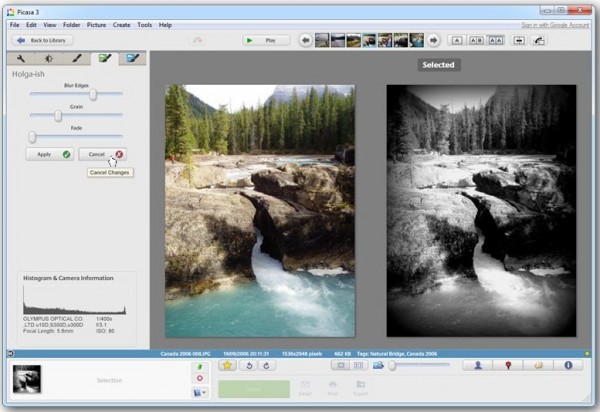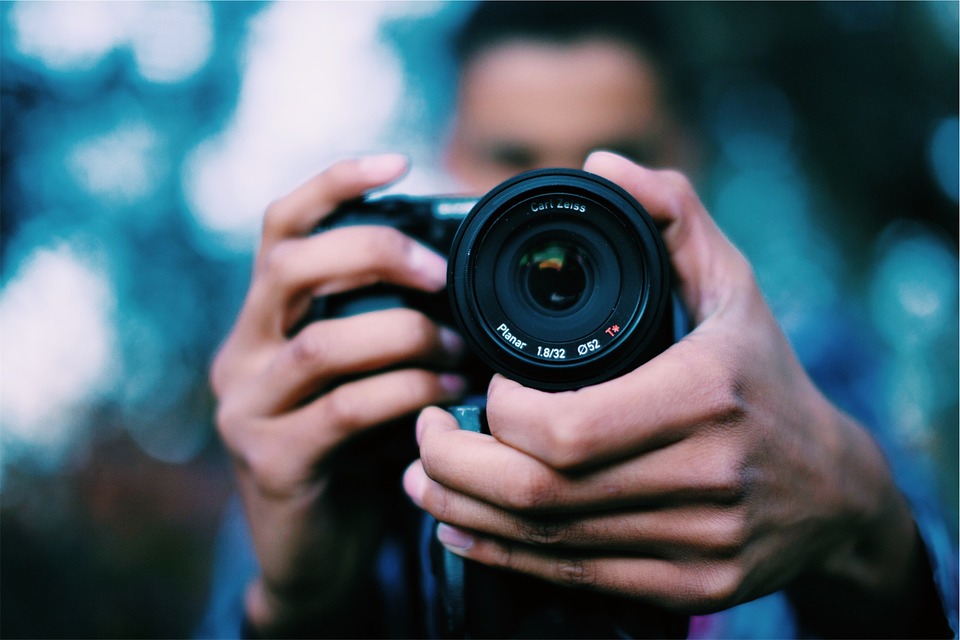The internet has provided a convenient and easy to use platform for sharing content and making money. Just about anything can be monetized if there is a willing audience. Content creators have constantly found new opportunities for making money from platforms such as YouTube. Most people are aware that there are now individuals who have become millionaires on the backs of their YouTube videos, but how exactly are these videos turned into cold, hard cash?

Making money on YouTube sounds easy and straightforward. You post some videos, attract millions of viewers, and cash out on the huge ad revenue. The actual process is a little bit more complicated than this and it isn’t nearly so simple and painless. If it really were that simple, everyone would be making their money on YouTube! The reality is that YouTube isn’t a get-rich-quick scheme and you will need time for your channel to gain subscribers.
Advertisers are certainly willing to pay a decent amount of money to promote their products and services through YouTube, but even so, only a portion of the money that they spend will go directly to the content creators. The majority of the funds will be taken by YouTube themselves. Because of this, if you want YouTube to become the source of a full-time wage for you, then you will need to be one of the most viewed channels on there. Fortunately, however, advertising revenue isn’t the only way of making money from YouTube.
YouTube is a powerful marketing platform, especially for small businesses, and it provides an excellent way to sell your products and services to an audience. It is now incredibly easy to set up an e-commerce website. In fact, it requires absolutely no prior knowledge of web design or coding. There are now a number of services, such as Etsy and Shopify, which allow anyone to easily sell their products over the internet.
By using your YouTube videos as a means to advertise your products to consumers, as well as giving them first-hand demonstrations of them, then it is easy to use the site to drive up your own sales.
Just as you can now easily sell products on the internet, it is also easy to sell on-demand media content such as videos. Using these services, it is possible for content creators to make money directly from their videos and to not have to depend on indirect methods such as advertising through YouTube. YouTube videos can be a very effective means of building up your brand’s reputation. Once you have made an impression on YouTube, you can then direct viewers to visit your main site or store.
If you are planning on selling videos, then they need to be of superb technical quality. Check out indreviews.com for reviews of webcams and other tools necessary to YouTubers success.
Making money from YouTube is far from easy, especially if you are hoping for the kind of revenue that will replace a normal, full-salaried job. However, it is definitely possible to make money directly through YouTube, as well as taking advantage of the possibilities that it offers such as, being able to travel and work, as a way of promoting other businesses and interests that you might have.
Introduction
Travelling is a passion and every traveller understands the importance of capturing the precious moments and framing them forever. When you are back from a trip, all you have are the images of various places, person, food and every single thing you have experienced.
And then, it is time to showcase them for the rest of the world so that they take on a similar journey through your images.
When it comes to editing photos and making them livelier, here is a list of 5 of the top software for photographers worth considering.

1. Picasa –Picasa, a product from Google, tops the list because as free editing software, it is as much loved by the pros as it is suitable for the amateurs. Apart from being a simple yet amazing photo editor, it helps in sorting, tagging and organizing your photos under categories. The built-in photo features help you fiddle with the alignment, contrast, brightness and red-eye quotient of your photos. You can also add interesting colour and blur effects using a number of filters that are available. What makes Picasa outstanding is its feature that allows creating slideshows, web publishing and sharing photos via email.
2. Lightroom 5 – The Adobe Lightroom 5 is the perfect photography editing software for photographers working with large volumes of images. Creative professionals and travel enthusiasts love this super-efficient product that makes it possible to edits to entire batches of photos at once. You can also geo-tag and group your snaps instantly using this program. The software might not be too easy to adapt for the beginners but once you get a hang of it, you will simply love working with it. The best part is that Lightroom 5 is compatible with all types of files along with multimedia slideshows.
3. PhotoPlus 6.0 – This one is an older version of the PhotoPlus family but it is free and is worth a mention because it is amazingly good and user-friendly. With several similar features as in Adobe Photoshop, it allows you to create, edit, enhance and manipulate your already brilliant travel photos. The user-interface is slightly older but extremely easy to handle even for the amateur photo editors. Downloading it might require you to provide some personal information but overall, it’s a good value for money and a photo editing software you can rely on for quick and effective outcome.
4. Elements 11 – Elements 11 is yet another product from Adobe and it comes with easy-to-navigate tutorials for beginners. It is one of the most intuitive photo editing software allowing you to learn new skills, work on retouching quickly and try hybridizing the photos in an Expert mode. If you are up for some detailed and precise editing, you are going to love the Auto-analyzer feature that automatically picks your best shots among the lot. All you need is to give it a companion program for video editing and a plug-in for RAW files and it will work just fine.
5. Gimp – An open source alternative to Photoshop, Gimp offers you with a whole range of travel photo editing features including excellent filters, cropping, resizing, layer support and so on. If you are used to Photoshop, you will be able to adapt to this software rather quickly. You can follow a few tutorials and realize the amazing ways in which you can turn a rather plain image to a beauty with the Gimp. Installation gets easy when you follow the documentation accompanied by the software itself.
So, get your hands on these advanced software products and let your travel photos shine brighter and more enriching to look at.
Whether you are an avid photographer always willing to travel around or a traveller trying to capture everything that you see in breathtaking photographs, you can do way better if you are aware of some techniques.
Photography is an art, a subject and each image that you capture has a science behind it. If you want to make each of your photographs speak a thousand words, here is a list of the top 6 world travel photography tips for you to follow.

1. Understand the Rule of Thirds – The Rule of Thirds in photography requires you to break down a prospective image into 3 parts both horizontally and vertically. When it is split into different sections, you can place the important parts in these sections and frame the overall image. By following this rule, you can enhance the quality of an image to a significant extent like placing a person in the left grid line instead of the centre. Composing using this rule can be easily done by turning on your camera’s grid feature, which displays the grids directly on the LCD screen.
2. Use Tripods – Lightweight tripods makes it possible for you to set up your camera in a particular position and thereby, making way for the perfect composition. With a tripod, you can also adjust the exposure settings, focus points or use techniques like HDR and panoramas. Tripods enable shooting lower shutter speeds without losing focus and hence, promise greater creative control over your images. So, whether you are capturing sharp landscapes, low-light images, sunrise/sunsets or flowing water, a travel tripod essentially makes a significant difference.
3. Experiment with Composition – Often, the more you experiment with a particular shot, the better is the result. After you have taken a shot standing up straight, experiment with the same one by lying on the ground for a low angle or climbing up something for a higher angle. Similarly, try shooting from different distances too. Another compositional tactic that you must use is Focal Compression. It is a technique by which you can use a zoom lens to trick the eye into thinking that the objects are closer than they really are.
4. The Human Element – Incorporating the human element in the images is always a good idea. Technically, the human element gives a better sense of scale as you can sense how huge the landscapes are. With the humans looking tiny in such massive surrounding, the image gets an overwhelming effect. A photograph becomes more powerful and narrates a story whenever the human element is incorporated into it. In fact, a human image can change the storyline of the photo entirely.
5. Learn the Tricks of Photographing Local People – Portraits of local people in a foreign country makes up for fascinating photographs. However, when you go about capturing photos of the people, it is always advisable to approach them politely and seek their permission. Some may say no while others might just show a lot of interest. Now, once they are ready to be photographed, try to make them as comfortable as possible by speaking to them about their lifestyle, habits etc so that open up without hesitation.
6. Be Patient – Last but not the least, travel photography is all about patience. Photography is about capturing what lies in front of you with your camera, eyes along with heart and mind too. Patience is the key here. You might have to wait for hours for a photogenic object to appear. For instance, if you are trying to capture the clouds, think about whether it will be in a more eye pleasing spot in the next hour or so. Basically without the patience to try, you will miss out on what could be a memorable photograph.
Keep these tricks in mind and set about exploring places and keeping them safe in your camera.